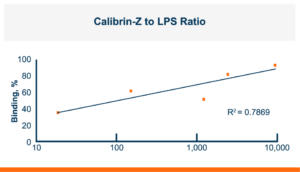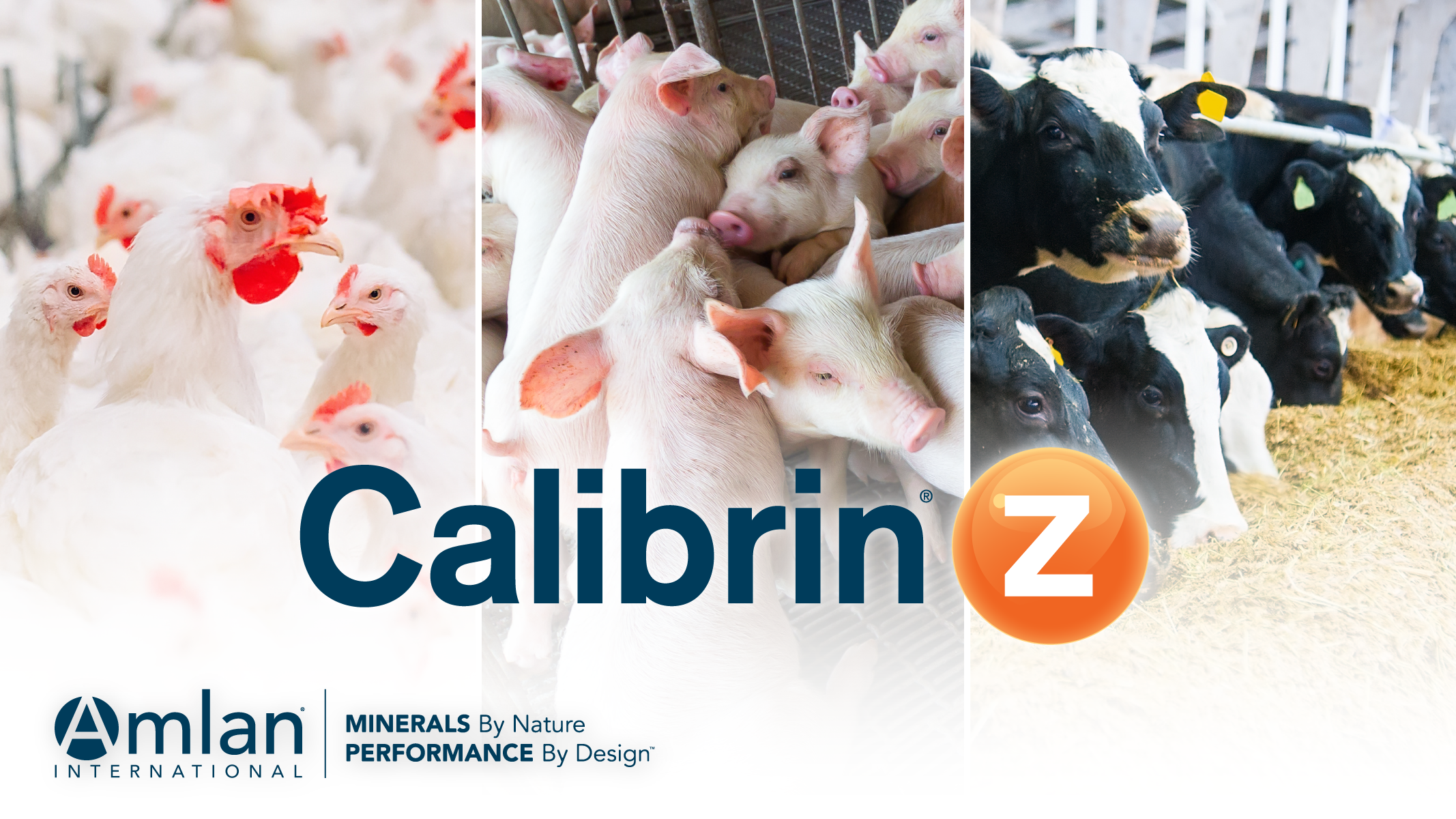Normally when we think of problems caused by bacteria, we think of the diseases and the damage that they do when they are alive. We believe if we kill the bacteria, we will stop the disease that they cause to ourselves or our livestock. Unfortunately, the death or destruction of some bacteria does not end the damage that they can cause.
Gram negative bacteria such as Escherichia coli have a component of the outer membrane of the cell wall called lipopolysaccharides (LPS). Lipopolysaccharides, also referred to as endotoxins, are highly toxic and are released when the cell dies, is damaged, or destroyed. Lipopolysaccharides range in size from 10 thousand to 1 million daltons. Because of their small size they can easily enter the bloodstream through a damaged or “leaky” intestine. When this happens endotoxins can be very toxic to humans and animals. How toxic depends first on the species of animal and the amount of endotoxins that enter the bloodstream. Humans have a much more severe reaction than do mice.
One of the main ways that endotoxins enter the animal’s bloodstream is when intestinal integrity is compromised. There can be several reasons for this. The gut can be compromised as the result of diseases such as necrotic enteritis or coccidiosis in chickens or ileitis in pigs. Other factors such as heat stress can also increase the permeability of the intestine and allow increased amounts of endotoxin to enter the bloodstream. The toxicity seen from endotoxins is associated with responses of the animal’s immune system to the LPS in the animal’s bloodstream, once the endotoxins enter the bloodstream they can cause fever, inflammation, and decreased growth. With high levels of endotoxins entering the bloodstream, shock, organ failure, and death can occur. However, if the endotoxin could be bound and contained in the intestine, it would not have the ability to cause these reactions.
Calibrin®-Z (available in select international markets), a proprietary thermally processed calcium montmorillonite, has been shown to effectively bind a broad range of bacterial (e.g., alpha toxin and NetB from Clostridium perfringens, E. coli Shiga–like toxins, etc.) and fungal (e.g., zearalenone, fumonisin, aflatoxin, ochratoxin, T-2 toxin, ergovaline, and ergotamine) toxins. Because it binds these toxins, it prevents them from damaging the intestine or from being absorbed through the intestine and entering the body to cause damage to internal organs (e.g., liver, kidneys) hence reducing animal performance. Because of this ability of Calibrin-Z, it was thought that it might also bind lipopolysaccharides. Therefore, a laboratory test was conducted to determine if Calibrin-Z could bind the lipopolysaccharide from E. coli.
This was done using an in vitro test called the Limulus Amebocyte Lysate assay, which uses the fact that the blood cells (amebocytes) of the horseshoe crab (Limulus) secrete an enzyme (lysate) that clumps when mixed with endotoxins. In preparation for this test LPS solutions with concentrations of 5, 10, 50, or 500 milligrams of LPS per kilogram were made. When these solutions were then treated with Calibrin-Z it resulted in different ratios of Calibrin-Z to LPS, ranging from 20:1 to 10,000:1. The Calibrin-Z was removed using a 0.2 micrometer filter and the remaining solutions were tested using the Limulus Amebocyte Lysate assay to determine the amount of lipopolysaccharide that remained in the solution (Figure 1).

These results show that the processed calcium montmorillonite bound the E. coli LPS. The percentage of toxin that was bound increased as the amount of Calibrin-Z to LPS toxin increased. When the binder to toxin ratio was 10,000: 1 Calibrin-Z removed 95% of the LPS from the solution. Calibrin-Z effectively bound lipopolysaccharides, the deadly toxins released when gram-negative bacteria die. Based on this information, feeding Calibrin-Z could help protect poultry and livestock performance from toxic LPS. To learn more about Calibrin-Z or details about this and other studies, visit amlan.com or contact your local Amlan sales representative.

